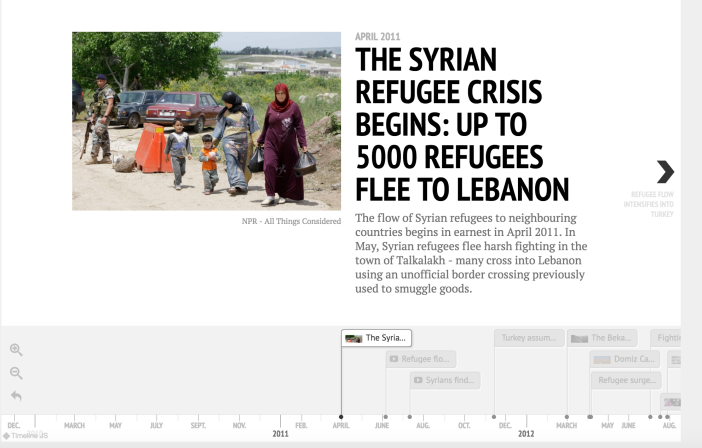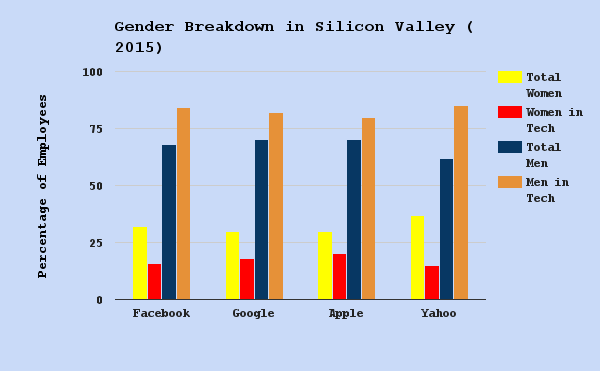
Joel Rivera grew up in Pasadena, Tex. as the son of Mexican immigrants. Rivera went to schools with large Hispanic populations for an extensive period of his life, keeping him grounded in his background. Growing up, he has been grateful for his two cultures but has occasionally struggled with balancing both.
“At the end of the day, I’m rooted in a Mexican culture and language and food, things like that, and traditions, as well as American ones,” Rivera said. “I’m both, and it feels like it’s a lot of work, but I think I’m fortunate.”
But not everyone is as fortunate as Rivera. In efforts to change that, the Pasadena-native works as a field organizer for the Massachusetts Immigrant and Refugee Advocacy Coalition (MIRA), where he works to protect and promote the rights and integrations of refugees and immigrants. With the changing political climate and ongoing uncertainty of refugee and immigration policy, it’s important now more than ever to protect those that cannot protect themselves.
MIRA is an institution that works with over 130 organizations that are service providers for immigrants and refugees. It also works with legislators at the Statehouse to help draft pro-refugee and pro-immigrant legislation, both at the state and federal levels. Additionally, it has a citizenship team that hosts clinics in local communities with high immigrant populations. These clinics aim to help immigrants through the citizenship process. They have a few lawyers in the office that deal with legal matters.
According to the American Immigration Council, one in six Massachusetts residents are immigrants. Over half of the immigrants in Massachusetts are naturalized citizens; therefore they are eligible to vote. New Americans, which refers to immigrants and their children, make up 15.5 percent of the registered voters in the state.
Though life at a non-profit is busy and engaging, everyone at MIRA is enthusiastic about what they do.
“I love everyone that I work with and they’re all very passionate,” Rivera said. “They have unique roles, and they’re good at what they do, and I think we’re all fighting the good fight.”
MIRA started in 1987 and is widely involved at the national level, as they are one of the first statewide coalitions to advocate on behalf of refugees and immigrants. They look to work with legislators that are sympathetic towards immigrants and put pressure on those that aren’t, in hopes of changing their minds and policies. Though Massachusetts itself is considered a generally welcoming state towards refugees and immigrants, there is a lot of work that needs to be done at the national level.
“We [MIRA] have a lot of good support for immigrants. For instance, a lot of support for English language programs, for citizenship programs that help people not simply be legal residents but to actually gain their us citizenship, be able to vote,” said Sue Parsons, development coordinator at MIRA. “However, overall, because we have such a lack of good immigration policy nationally at the federal level, that impacts all of us at the state.”
Parsons believes that contrary to belief, the United States has a thorough vetting process. She finds there needs to be a better job done in helping people understand the security and thoroughness of the system that vets refugees. Regarding immigration policy, from her perspective, we have very little due to Congressional inaction.
“It’s hard for people to have family members join them, it’s hard for people to make the case that they’re being persecuted in their home country and that they’re in danger and that their families are in danger and they need to be able to come here,” Parsons said. “So, I feel like there’s really no immigration system right now.”
Aside from the central advocacy portion of MIRA, there is the part that looks at what programs and policies will help immigrants integrate through social, civic and economic means. This might include language classes, small business development initiatives or programs that help place working immigrant families with better child care. This is mainly handled through the New Americans Integration Institute, which was launched as a part of MIRA in 2011.
“It’s more focused in a way on economic development and education than MIRA’s traditional organizing and advocacy focus,” said Jeff Gross, director of the Institute.
With the new presidential administration looming, the people at MIRA must brace themselves for the policy impacts that are to come and reassess how they can best serve the immigrant and refugee community. In the wake of the election, the organization has made calls to members to reassure them that they will keep fighting. The future of programs like Deferred Action for Childhood Arrivals (DACA) seem unsteady, and with that comes a lot of anxiety from the immigrant community.
“The future is always where we go from here. We want to have longer term strategies, but in our field, we have to be very captive to history,” Gross said. “I think probably one thing we’ll end up doing is, probably, as we’ve been doing for the last several years is focus more on state because there’s gonna be so little progress to be made at the national level.”
As the child of immigrants, Rivera’s background fits well with his work and what he hopes to accomplish in the future.
“My line of work, effectively, is like a gift, and something that I cherish,” Rivera said. “I think education has always been, like, very important, and using what I have naturally developed to help others has always been something that’s very central at home, something that’s been pushed as just what we’re about.”
Watch a video about MIRA’s annual Thanksgiving luncheon below.












